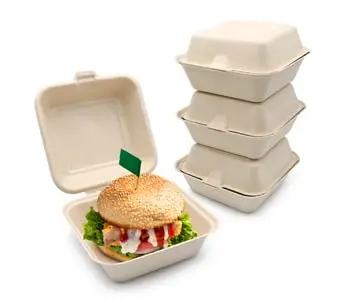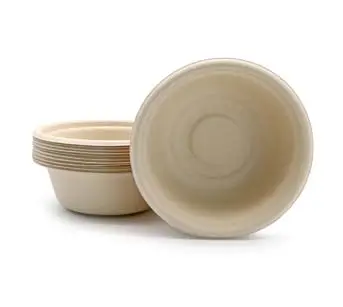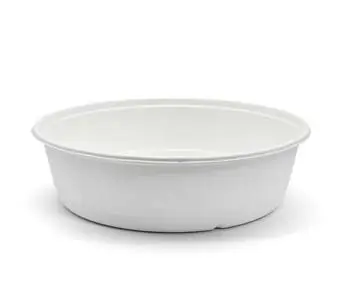Around the globe, disposable food bowls have become an integral part of our fast-paced modern lifestyles. These convenient and versatile containers have gained immense popularity due to their convenience and time-saving nature.
But what exactly are disposable food bowls? In essence, they are single-use containers specifically designed for serving various types of meals, ranging from soups and salads to rice dishes and desserts.
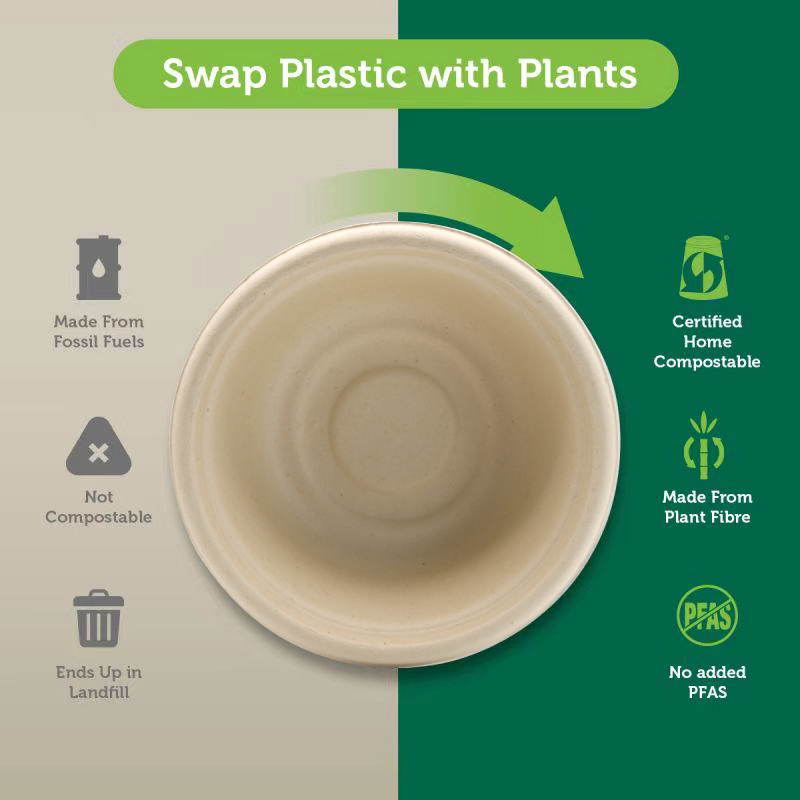
A Culinary Revolution in Convenience
The rising popularity and demand for disposable food bowls can be attributed to several factors. Firstly, our increasingly hectic lives leave us with limited time for meal preparation and clean-up. Disposable food bowls offer a hassle-free alternative as they eliminate the need for dishwashing or storage after use.
Secondly, the growing trend of takeout meals has fueled the demand for these portable containers. Whether it's grabbing a quick lunch on a work break or ordering food from your favorite restaurant, disposable food bowls provide a convenient solution that allows us to enjoy our meals on the go.
Exploring Various Aspects
The purpose of this article is to delve into the different aspects surrounding disposable food bowls. From their composition and environmental impact to their convenience and versatility, we will explore how these seemingly simple containers impact various aspects of our lives.
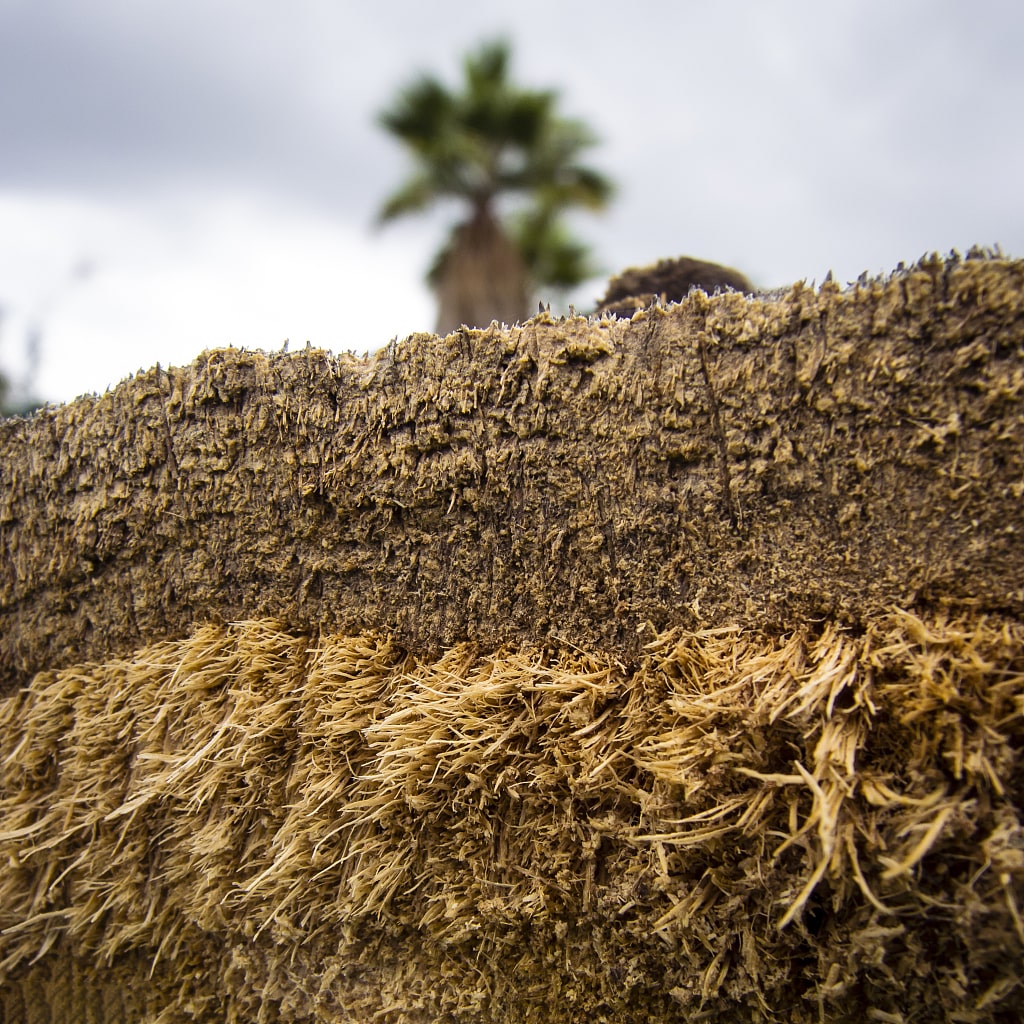
Composition of 1000ml Disposable Food Bowls
Materials commonly used in manufacturing disposable food bowls with lids: Paper-based materials (e.g., paperboard, molded fiber)
Paper-based materials have long been a popular choice for manufacturing disposable food bowls. Paperboard, a sturdy and versatile material, is often used due to its ability to maintain shape and withstand moderate moisture.
It is created by compressing layers of paper pulp, offering a firm structure that can hold various types of foods without collapsing. Molded fiber, on the other hand, is made from recycled paper waste such as newspapers or cardboard boxes.
Through a process that involves blending the pulp with water and forming it into specific shapes using molds, molded fiber produces lightweight yet durable disposable food bowls. These paper-based materials are biodegradable and can be easily recycled after use. Plastic-based materials (e.g., polypropylene, polystyrene)
Plastic-based materials have gained popularity in the production of disposable food bowls due to their durability and affordability. Polypropylene (PP) is a common plastic used in this context as it offers excellent heat resistance, making it suitable for both cold and hot meals. Additionally, its flexibility allows for easy molding into various bowl shapes and sizes.
Polystyrene (PS), known for its shock-absorbing properties, provides lightweight yet sturdy options for disposable food bowls. However, it's important to note that plastic-based materials pose significant environmental challenges due to their non-biodegradable nature. Biodegradable and compostable alternatives (e.g., bagasse, PLA)
To address the environmental concerns associated with traditional plastic-based disposable food bowls, biodegradable and compostable alternatives have emerged as sustainable options. Bagasse is one such alternative made from sugarcane fibers that are left behind after the juice extraction process.
It is a natural byproduct and would otherwise be discarded as waste. Biodegradable bagasse food packaging is not only biodegradable but also offer excellent resistance to heat and grease, making them suitable for different types of foods and beverages.
Another alternative is polylactic acid (PLA), a bioplastic derived from renewable resources such as corn starch or sugarcane. PLA-based disposable food bowls possess similar characteristics to traditional plastic options but with the added benefit of being compostable, breaking down into organic matter when subjected to specific composting conditions.
By exploring the various materials commonly used in the manufacturing of disposable food bowls, we can gain insight into both their functional properties and their environmental impact. Understanding these aspects allows us to make informed choices when selecting the most suitable type of bowl for our needs while considering sustainability as well.
The Environmental Impact of Disposable Food Bowls
Challenges posed by traditional plastic-based disposable food 350ml bowls:
Traditional plastic-based disposable food bowls have long been a cause for concern due to their non-biodegradability and extensive decomposition time. These bowls, typically made from materials like polypropylene or polystyrene, can persist in landfills for hundreds of years, exacerbating the already alarming issue of plastic pollution.
As they break down into smaller microplastics, these fragments find their way into our oceans and waterways, posing a threat to marine life and ecosystems. The accumulation of such waste has become an urgent environmental challenge that demands immediate attention.
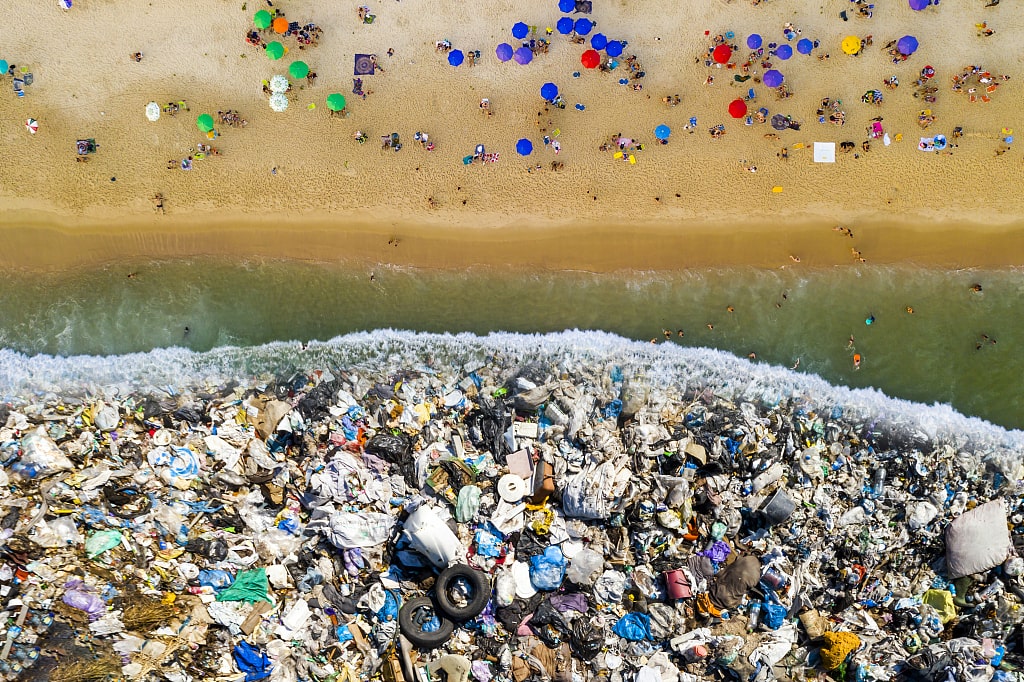
Contribution to plastic pollution in landfills and oceans
The exponential growth in the use of conventional disposable food bowls has significantly contributed to the global plastic pollution crisis. Landfills are burdened with vast quantities of these non-biodegradable bowls, which take centuries to decompose fully. Even worse, improper disposal or inadequate waste management practices result in many of these bowls ending up in our oceans.
As they float on the surface or sink to the seabed, they endanger marine life through ingestion or entanglement. This pervasive contamination disrupts fragile aquatic ecosystems and jeopardizes biodiversity.
Advantages of biodegradable and compostable alternatives
Fortunately, there is a glimmer of hope on the horizon with the emergence of biodegradable and compostable alternatives for disposable food bowls. These innovative materials offer significant advantages from an environmental standpoint.
Firstly, during production, they generally have a reduced carbon footprint compared to traditional plastics since they often utilize renewable resources as feedstock and require less energy-intensive processes. Secondly, their true advantage lies in their ability to break down naturally without causing harm to the environment once discarded correctly.
Biodegradable options may be consumed by microorganisms over time, ensuring a seamless integration into the natural carbon cycle. Compostable alternatives, on the other hand, can be processed in composting facilities to create nutrient-rich soil amendments, thus closing the loop and contributing to a circular economy.
By acknowledging the detrimental effects of traditional plastic-based disposable food bowls and embracing more sustainable alternatives, we can mitigate the negative environmental impact while still enjoying the convenience they offer. It is crucial for consumers, businesses, and policymakers to prioritize these eco-friendly solutions as we strive for a greener and more resilient future.
Convenience and Versatility of Disposable Food Bowls
Ease of use for both consumers and businesses
Disposable food bowls with lids have gained immense popularity due to their undeniable convenience, benefiting both consumers and businesses alike. One notable advantage is their lightweight design, which ensures easy transportation.
Unlike traditional ceramic or glass bowls, disposable food bowls are made from materials that significantly reduce their weight without compromising durability. This makes them perfect for on-the-go meals, allowing customers to effortlessly carry their favorite culinary delights from restaurants or food trucks to their desired destination.
Moreover, the elimination of washing and storage requirements after use adds yet another layer of convenience. When using disposable food bowls, there is no need to worry about tedious washing-up tasks that often accompany reusable tableware.
Consumers can simply enjoy their meal and dispose of the bowl afterward without any hassle. For businesses in the food industry, this translates into valuable time savings as well as reduced labor costs associated with dishwashing.
Wide range of applications in various settings
Disposable food bowls exhibit remarkable versatility in terms of their applications across diverse settings. One prominent example is their widespread use for takeout meals from restaurants or food trucks.
As the demand for quick and convenient dining options continues to grow, these establishments have embraced disposable food bowls as a practical solution for serving delicious meals on the go. The leak-proof designs of many disposable bowls ensure that sauces or dressings do not spill during transportation, providing a seamless culinary experience.
Furthermore, disposable food bowls find great utility in catering events or outdoor gatherings where efficiency is key. Caterers often rely on these bowls to serve guests at large-scale functions due to their ease of transport and disposal after use—eliminating the need for complex dishwashing logistics onsite.
Additionally, disposable options present an excellent choice for outdoor gatherings like picnics or beach parties where breakable tableware may pose safety risks. Their lightweight nature and disposal after use contribute to a hassle-free and enjoyable experience for both hosts and attendees.
By offering both convenience and versatility, disposable food bowls have revolutionized the way we consume food in various settings. Whether it is for quick takeout meals or grand events, these bowls have become an indispensable choice that meets modern demands while also reducing the burden associated with traditional tableware.
Innovative Features in Disposable Food Bowls
Subtitle: A Leak-Proof Marvel
Disposable food bowls have come a long way from simple paper or plastic containers prone to leaking and causing messy mishaps. Innovative advancements have led to the incorporation of advanced sealing techniques that ensure leak-proof designs, offering convenience and peace of mind to consumers.
These new sealing methods involve the use of precision engineering and high-quality materials that create a tight seal, preventing any liquid contents from seeping out. Whether it's piping hot soup, a saucy stir-fry, or a refreshing salad dressing, these leak-proof disposable food bowls can confidently hold their contents without fear of leakage.
.jpg)
Subtitle: Heat Resistance at Its Finest
Disposable food bowls with lids are not limited to serving cold or room-temperature meals; in fact, some are specifically designed with heat resistance in mind. These bowls are crafted using specialized materials that can withstand high temperatures without compromising their structural integrity.
Whether it's hot noodles straight out of the kitchen or steaming rice dishes ready for consumption, these heat-resistant disposable food bowls keep your meals warm while ensuring safe handling. Their ability to maintain proper insulation against heat transfer allows for a delightful dining experience even when on the go.
Innovation has undoubtedly revolutionized the realm of disposable food bowls by addressing key concerns such as leakage and temperature resistance. With the advent of advanced sealing techniques, these bowls now provide an airtight solution that keeps liquids securely contained within their confines. Additionally, heat-resistant designs allow for versatility in serving both cold and hot meals without compromising safety or quality.
The marriage between functionality and convenience has made disposable food bowls an indispensable choice for individuals seeking practicality on-the-go while minimizing environmental impact through responsible material choices. Embracing such innovations paves the way for a future where sustainability and efficiency harmoniously coexist, offering consumers a guilt-free and enjoyable dining experience.


